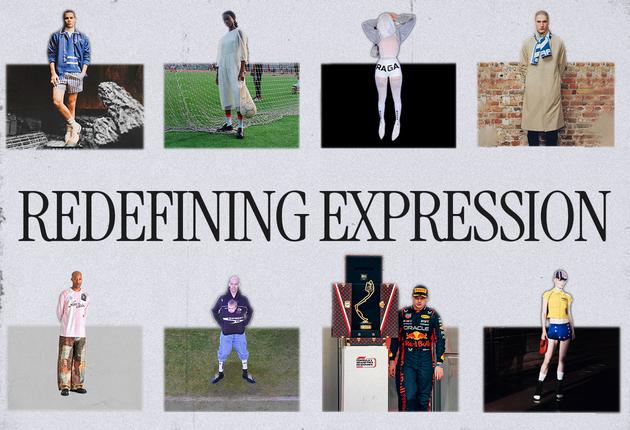Editorials

04/22/24
Redefining Expression: How Sportstyle is Shaping New Cultural Archetypes and Transforming Global Youth Identity

04/22/24
Redefining Expression: How Sportstyle is Shaping New Cultural Archetypes and Transforming Global Youth Identity